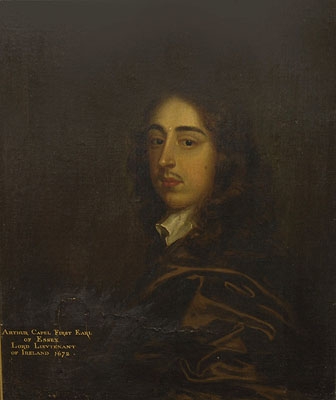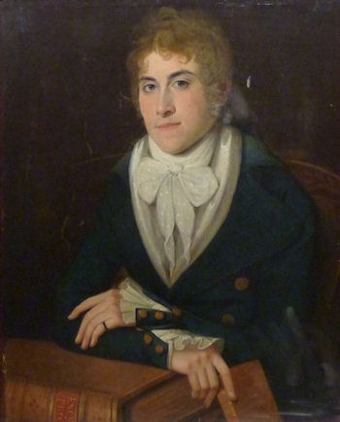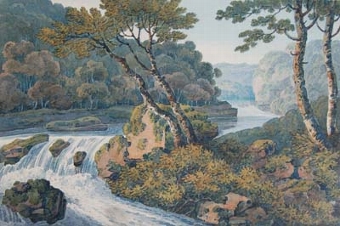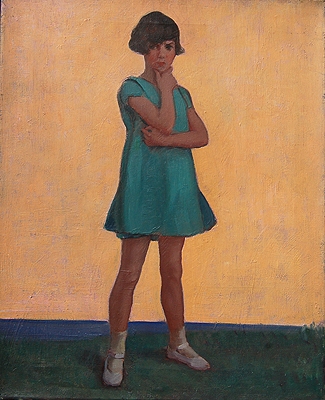Arthur Capell, 1st Earl of Essex (1631 ? July 13, 1683), whose surname is often spelled Capel, was an English statesman.
He was the son of Arthur Capel, 1st Baron Capel (who was executed in 1649) and of Elizabeth Morrison, daughter and heir of Sir Charles Morrison of Cassiobury in Hertfordshire, and was baptized on 2 January 1632.
In June 1648, then a sickly boy of sixteen, he was taken by Lord Fairfax''s soldiers from Hadham to Colchester, which his father was defending, and carried every day around the works with the hope of inducing Lord Capel to surrender the place.
At the Restoration he was created Viscount Malden and Earl of Essex (April 20, 1661), the latter title having previously died out with Robert Devereux, 3rd Earl of Essex. It was granted with special remainder to the male issue of his father, and Capel was made lord-lieutenant of Hertfordshire and a few years later Lord Lieutenant of Wiltshire.
Early on, he showed himself antagonistic to the court, to Roman Catholicism, and to the extension of the royal prerogative, and was coupled by Charles II with Denzil Holles as "stiff and sullen men," who would not yield against their convictions to his solicitations. In 1669 he was sent as ambassador to King Christian V of Denmark, in which capacity he gained credit by refusing to strike his flag to the governor of Kronborg.
In 1672 he was made a privy councillor and lord-lieutenant of Ireland. He remained in office till 1677, and his administration was greatly commended by Burnet and Ormonde, the former describing it "as a pattern to all that come after him." He identified himself with Irish interests, and took immense pains to understand the constitution and the political necessities of the country, appointing men of real merit to office, and maintaining an exceptional independence from solicitation and influence.
The purity and patriotism of his administration were in strong contrast to the hopeless corruption prevalent in that at home and naturally aroused bitter opposition, as an obstacle to the unscrupulous employment of Irish revenues for the satisfaction of the court and the king''s expenses. In particular he came into conflict with Lord Ranelagh, to whom had been assigned the Irish revenues on condition of his supplying the requirements of the crown, and whose accounts Essex refused to pass. He opposed strongly the lavish gifts of forfeited estates to court favourites and mistresses, prevented the grant of Phoenix Park to the duchess of Cleveland, and refused to encumber the administration by granting reversions. Finally the intrigues of his enemies at home, and Charles''s continual demands for money, which Ranelagh undertook to satisfy, brought about his recall in April 1677.
He immediately joined the country party and the opposition to Lord Danby''s government, and on the latter''s fall in 1679 was appointed a commissioner of the treasury, and the same year a member of Sir William Temple''s new-modelled council. He followed the lead of Lord Halifax, who advocated not the exclusion of James, but the limitation of his sovereign powers, and looked to the Prince of Orange rather than to the Duke of Monmouth as the leader of Protestantism, incurring thereby the hostility of Lord Shaftesbury, but at the same time gaining the confidence of Charles.
He was appointed by Charles together with Halifax to hear the charges against the Duke of Lauderdale. In July he wrote a wise and statesmanlike letter to the king, advising him to renounce his project of raising a new company of guards. Together with Halifax he urged Charles to summon the parliament, and after his refusal resigned the treasury in November, the real cause being, according to one account, a demand upon the treasury by the duchess of Cleveland for ?25,000, according to another "the niceness of touching French money," "that makes my Lord Essex''s squeasy stomach that it can no longer digest his employment."
Subsequently his political attitude underwent a change, the exact cause of which is not clear?probably a growing conviction of the dangers threatened by a Roman Catholic sovereign of the character of James. He now, in 1680, joined Shaftesbury''s party and supported the Exclusion Bill, and on its rejection by the Lords carried a motion for an association to execute the scheme of expedients promoted by Halifax. On January 25, 1681 at the head of fifteen peers he presented a petition to the king, couched in exaggerated language, requesting the abandonment of the session of parliament at Oxford. He was a jealous prosecutor of the Roman Catholics in the popish plot, and voted for Lord Stafford''s attainder, on the other hand interceding for Archbishop Plunkett, implicated in the pretended Irish plot. He, however, refused to follow Shaftesbury in his extreme courses, declined participation in the latter''s design to seize the Tower in 1682, and on Shaftesbury''s consequent departure from England became the leader of Monmouth''s faction, in which were now included Lord Russell, Algernon Sidney, and Lord Howard of Escrick.
Essex took no part in the wilder schemes of the party, but after the discovery of the Rye House Plot in June 1683, and the capture of the leaders, he was arrested at Cassiobury and imprisoned in the Tower.
His spirits and fortitude appear immediately to have abandoned him, and on July 13 he was discovered in his chamber with his throat cut. His death was attributed, quite groundlessly, to Charles and James, and the evidence points clearly if not conclusively to suicide, his motive being possibly to prevent an attainder and preserve his estate for his family. Lord Ailesbury wrote: "The Earl asked very coldly for a razor to cut his nails, and being accustomed so to do gave no manner of suspicion. He went into a small closet," where his servant afterward found him "dead and wallowing in blood"... the assumption being that the reason he "cutt his own throat with a knife" was because of his knowledge of the Rye House Plot. If not killed by them, he was, however, undoubtedly a victim of the Stuart administration, and the antagonism and tragic end of men like Essex, deserving men, naturally devoted to the throne, constitutes a severe indictment of the Stuart rule.
He was known as a statesman of strong and sincere patriotism, just and unselfish, conscientious and laborious in the fulfilment of public duties, blameless in his official and private life. John Evelyn describes him as "a sober, wise, judicious and pondering person, not illiterate beyond the rule of most noblemen in this age, very well versed in English history and affairs, industrious, frugal, methodical and every way accomplished"; and declares he was much deplored, few believing he had ever harboured any seditious designs. He married Lady Elizabeth Percy, daughter of Algernon Percy, 10th Earl of Northumberland, by whom, besides a daughter, he had an only son Algernon (1670?1710), who succeeded him as the 2nd Earl of Essex.
See the Lives in the Dictionary of National Biography and in Biographia Britannica (Kippis), with authorities there collected; Essex''s Irish correspondence is in the Stow Collection in the British Museum, Nos. 200-217, and selections have been published in Letters written by Arthur Capel, Earl of Essex (1770) and in the Essex Papers (Camden Society, 1890), to which can now be added the Calendars of State Papers, Domestic, which contain a large number of his letters and which strongly support the opinion of his contemporaries concerning his unselfish patriotism and industry; see also Somers Tracts (1815), and for other pamphlets relating to his death the catalogue of the British Museum.
Antiques.co.uk Ref: NYV8T8N9
- Materials:
- Oil on Canvas
- Width (cm):
- 76.20 x 63.50(cm) (30 x 25 ins.)














